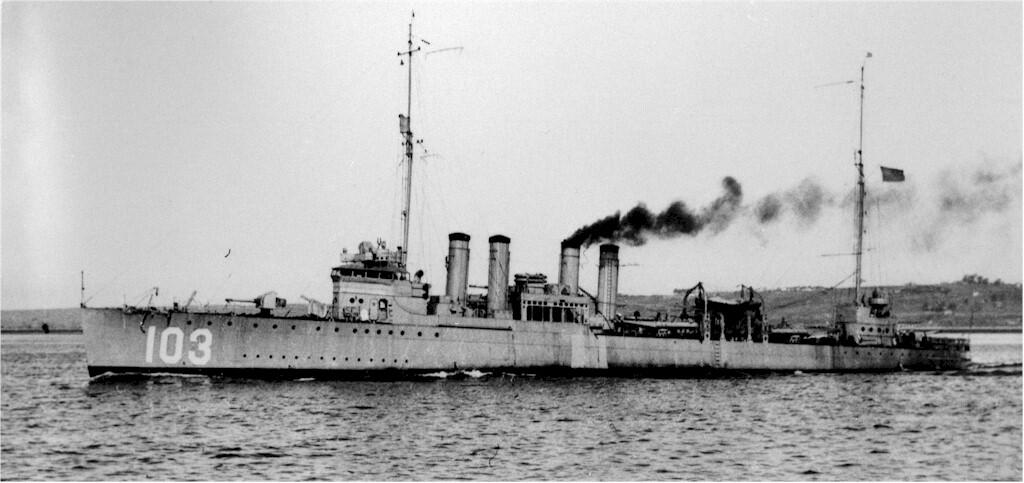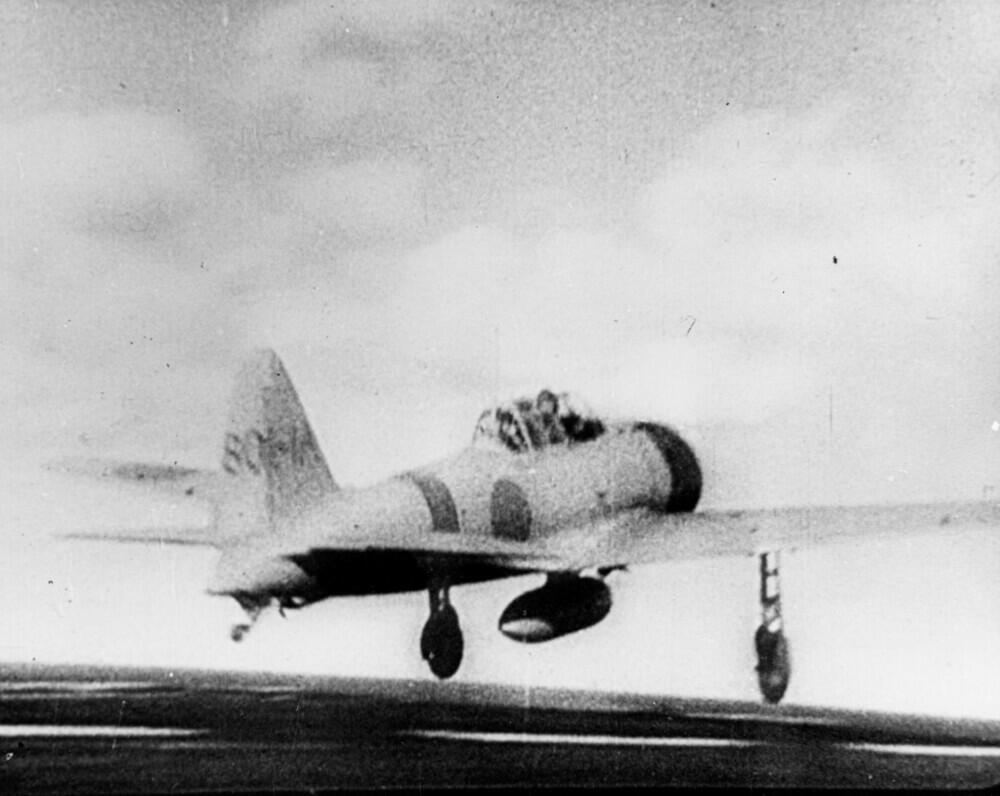USS Schley Survivor Joe White
The 1930s were difficult for the United States. The Great Depression gripped the nation, causing economic worry from coast to coast. Families did what they could to survive. Even children chipped in, selling newspapers or working on farms and picking up whatever odd jobs they could find. Such was the youth of Joseph Merrel White, Jr, a young boy growing up in Depression-era St. Louis.
White’s household of six—his parents, two sisters, and a brother—worked together to make ends meet. It was all anyone could do at the time, try to find the best way to get from week to the next. It was one reason why, as boys like Joe White grew into teenagers, they were so enamored at the thought of joining the military. When he was 17 years old, and still attending Ben Blewett High School, White saw an ad in the St. Louis Star Times. “Join the Naval Reserves and See the Great Lakes!” the ad promised.
That was 1940. The war in Europe had already broken out and America's relations with Japan were rapidly deteriorating. As White, now 95 years old, recalled in a 2011 interview, “I wasn’t concerned with the world.” What the Navy recruiting station didn't mention was that, even for a 17-year-old, 1940 was the perfect time to start concerning oneself with foreign relations.
Joe White Goes to Hawaii
On December 7, 1940, exactly a year before White would get his first taste of combat, the young sailor and 249 other servicemen were summoned for active duty. Within 10 days, they were to report to Union Station in St. Louis, leaving behind their families for what they hoped would a better, more productive life.
White saw much of the United States in that first year of service before sailing aboard the mighty aircraft carrier USS Lexington to the tropical islands of Hawaii, where many teenagers, tired of the cold winds of the Midwest, were excited to serve.
White didn’t receive his official assignment until he reached Hawaii; when he arrived he was ordered to report to USS Schley (DD-103), a World War I-era destroyer that had just been recommissioned into service. Since war hadn’t yet come to the United States, Schley was on patrol duty along the south coast of Oahu.
When not patrolling the waters around Oahu, White was enjoying his time in the island paradise. He swam and enjoyed the beach when he could, spent time in town with his fellow crewmen, and when not at sea, slept at the local YMCA. In fact, he was at the YMCA when he first heard signs of the attack unfolding at Pearl Harbor.
White’s First Combat
Like so many sailors and Marines, December 7, 1941 was the first taste of combat for the 18-year-old sailor. He had heard what sounded like bombs going off in the distance, but he assumed it was an unusually early drill. Just as he was about to enter a church for morning mass, a bus picked him up and returned him to Pearl Harbor.
The closer he got to the naval base, the more the chaos was evident. Civilians were in the streets, panicked and fleeing. When the bus arrived at Pearl Harbor, White saw firsthand the source of their panic. A Japanese fighter, one of the first from the second wave of attackers, strafed the bus. White could see the pilot’s face, and the Rising Sun emblem on the craft made it clear who was behind the assault. The war had come to the United States and USS Schley, undergoing a refit, was unarmed.
There was a widespread instinct among the men stationed at Pearl Harbor that kept fear from controlling their decision-making. Those who could fight back did everything in their power to do so. White joined a gunner's mate, who had broken into a locked storage shed to retrieve a .50-caliber machine gun. White was one of the lucky ones that morning. By the end of the attack, he had sustained no injuries.
Later that night, as fires still burned in the harbor and men were being retrieved from the oil-slicked waters, White was ordered to patrol a wharf on his own. Equipped with a rifle, he stood guard on the pitch black wharf and remained on the lookout for Japanese saboteurs.
A Dedicated Patriot
As the nation geared up for war, Joe White had the opportunity to return home. Still only 18 years old, he was young enough to avoid the draft, but he had no intention of doing that. The brave sailor returned to service on USS Schley, working to get her ready to join the fight. His service aboard the destroyer lasted until mid-1942, when he was assigned to the cargo ship USS Taurus (AF-25). Taurus transported refrigerated food supplies; White and his fellow crewmen were responsible for delivering food to islands throughout the South Pacific.
Joe White, Post War
Joe White’s service in the Navy ended on November 20, 1945, memories of his time at sea captured in his many scrapbooks. Before it dissolved, White was an active member of the Missouri Chapter of the Pearl Harbor Survivors Association. He still recounts his experiences at Pearl Harbor and in the War in the Pacific to younger generations eager to learn about this chapter of history.
Joseph Merrel White, Jr. is a true patriot, but the St. Louis Star Times may owe him an apology. White didn’t see the Great Lakes until 20 years after he enlisted, long after his service with the Navy ended.










